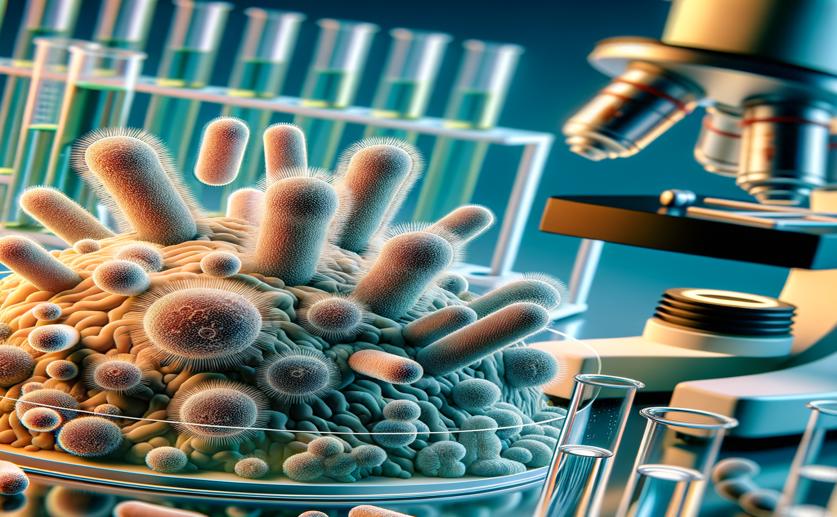
Exploring Sulfur-Oxidizing Bacteria and Proposing a New Group
Jenn Hoskins
23rd April, 2024

Image Source: Natural Science News, 2024
Key Findings
- Researchers reclassified a marine bacterium, Sulfitobacter algicola, into a new genus, Parasulfitobacter
- The study confirmed Sulfitobacter's role in the ocean's sulfur cycle, crucial for climate and ecosystems
- The findings enhance understanding of marine bacteria's biodiversity and their environmental functions
References
Main Study
1) Genome-based taxonomic classification of the genus Sulfitobacter along with the proposal of a new genus Parasulfitobacter gen. nov. and exploring the gene clusters associated with sulfur oxidation
Published 22nd April, 2024
https://doi.org/10.1186/s12864-024-10269-3
Related Studies
2) Predominance of Roseobacter, Sulfitobacter, Glaciecola and Psychrobacter in seawater collected off Ushuaia, Argentina, Sub-Antarctica.
Journal: FEMS microbiology ecology, Issue: Vol 59, Issue 2, Feb 2007
3) Sulfitobacter litoralis sp. nov., a marine bacterium isolated from the East Sea, Korea.
4) Sulfitobacter geojensis sp. nov., Sulfitobacter noctilucae sp. nov., and Sulfitobacter noctilucicola sp. nov., isolated from coastal seawater.
5) Sulfitobacter delicatus sp. nov. and Sulfitobacter dubius sp. nov., respectively from a starfish (Stellaster equestris) and sea grass (Zostera marina).



 11th March, 2024 | Jenn Hoskins
11th March, 2024 | Jenn Hoskins